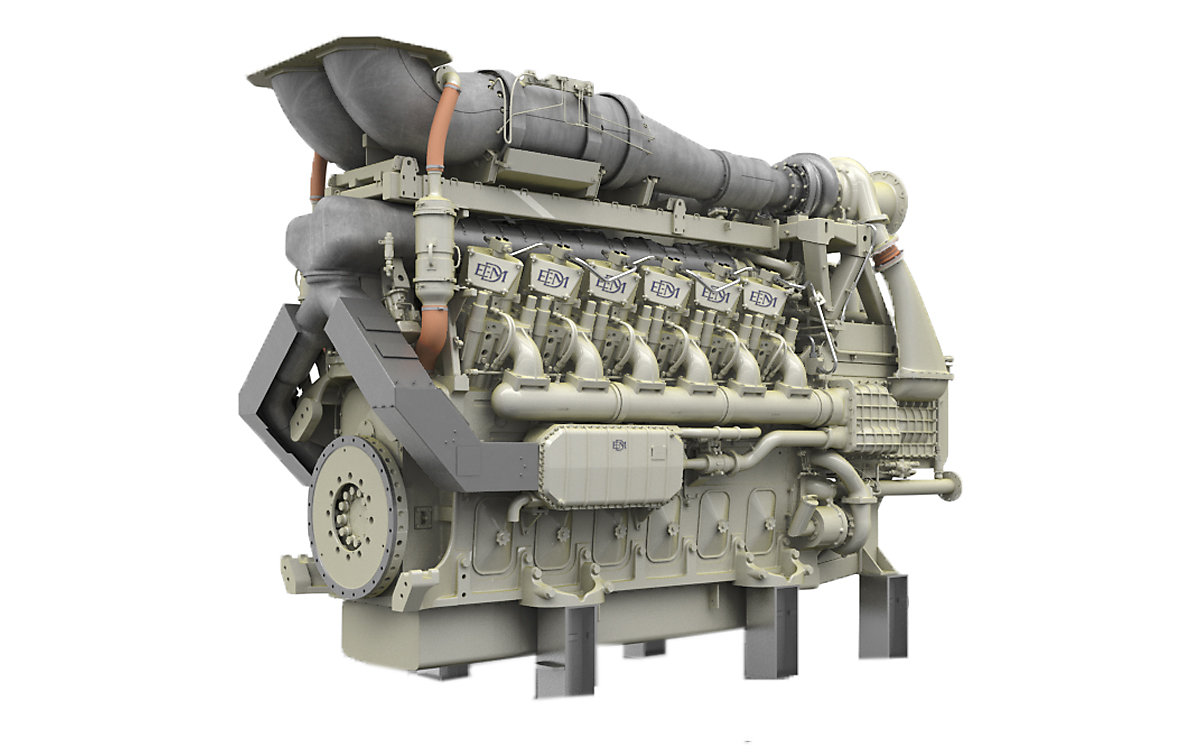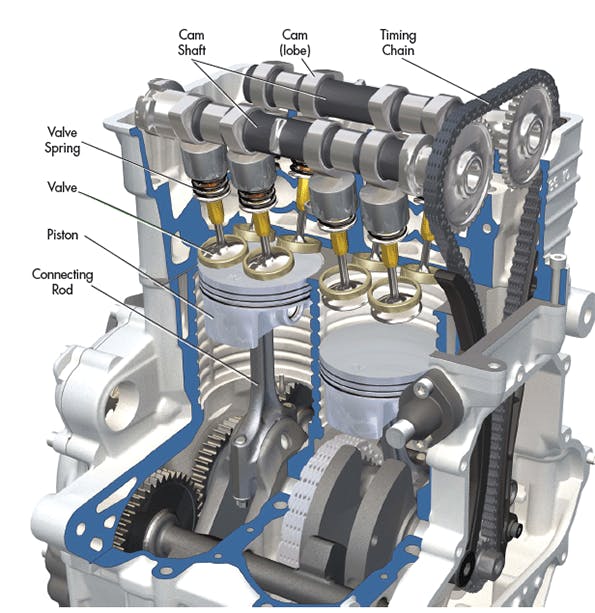Check Out Engines for Africa at Our Thorough Auto Parts Store
Check Out Engines for Africa at Our Thorough Auto Parts Store
Blog Article
The Pursuit for Ultimate Driving Power: Investigating the Pinnacle of Engine Performance and Technological Developments in the Automotive Market
In the realm of vehicle design, the search of maximum driving power has actually been an unrelenting quest that has actually unravelled with the evolution of engine design and the assimilation of innovative innovations. From the careful craftsmanship of burning engines to the rapid advancements in electric propulsion systems, the automobile sector stands at the cusp of a brand-new era defined by unprecedented efficiency capacities.
Development of Engine Design

In addition, the assimilation of turbocharging and supercharging modern technologies has changed engine design by enhancing power without substantially enhancing engine size. These forced induction systems compress the consumption air, permitting even more gas to be combusted, thereby creating greater power output from a smaller engine. This advancement has been especially important in enhancing the efficiency of smaller displacement engines while preserving fuel efficiency standards.

Performance-Enhancing Gas Technologies
The implementation of innovative fuel modern technologies has actually considerably contributed to improving engine efficiency in contemporary vehicles. From traditional gas and diesel to innovative biofuels, artificial fuels, and hydrogen, the vehicle industry is witnessing a change in fuel alternatives. Biofuels, obtained from renewable resources like sugarcane, algae, or corn, offer reduced exhausts and enhanced engine performance. Artificial gas, created through chemical procedures, give high octane ratings, improving power outcome. Hydrogen fuel cells, although still in the very early stages of adoption, show wonderful guarantee because of their zero-emission nature and potential for high efficiency. In addition, fuel ingredients and detergents are being developed to clean engine elements, enhance combustion, and minimize friction, thus boosting total vehicle efficiency. With ongoing research and advancement, the quest for the supreme driving power proceeds, as engineers strive to open the full possibility of performance-enhancing fuel modern technologies in the auto market.
Developments in Electric Propulsion
Considerable strides in electrical propulsion technology have actually reinvented the automotive sector, paving the means for a brand-new era of lasting and effective transportation. Electric cars (EVs) are acquiring popularity as a result of their ecological benefits and improvements in battery technology, making it possible for longer driving ranges and shorter billing times. Manufacturers are spending heavily in research and growth to enhance the performance of electric propulsion systems, concentrating on raising power outcome, enhancing power performance, and reducing total weight.
One noteworthy breakthrough in electric propulsion is the growth of advanced electric motors that deliver greater torque and power density, leading to boosted acceleration and general driving efficiency. Additionally, regenerative stopping systems have been fine-tuned to store and record power throughout deceleration, further increasing the efficiency of EVs.
Moreover, the integration of clever modern technologies, Full Report such as man-made intelligence and predictive analytics, is optimizing the monitoring of electrical propulsion systems, making certain optimum efficiency under numerous driving problems. These developments in electric propulsion are improving the automotive landscape, driving the sector in the direction of a more lasting and electrified future.
Influence of Computational Liquid Characteristics
With advancements in electric propulsion pushing the borders of automobile modern technology, the integration of Computational Liquid Dynamics is playing a critical duty in enhancing aerodynamic efficiency and enhancing total efficiency in lorry style. Computational Liquid Dynamics (CFD) involves the usage of computer simulations to evaluate the flow of air around a vehicle, enabling engineers to anticipate how layout adjustments will impact the rules of aerodynamics without the requirement for costly physical models. By precisely modeling airflow patterns, CFD permits for the improvement of automobile forms to lower drag, enhance cooling, and enhance security.
One trick advantage of using CFD in lorry style is the capability to repeat rapidly, exploring numerous layout variations to identify one of the most aerodynamically reliable services. This repetitive procedure leads to cars that are not only sleeker and a lot more visually appealing yet also much more fuel-efficient and environmentally friendly. In addition, CFD makes it possible for designers to optimize airflow around parts such as radiators, engine bays, and wheel wells, adding to enhanced efficiency and total driving experience. In final thought, the assimilation of Computational Liquid Characteristics represents a substantial progression in the mission for supreme driving power and performance in the automotive sector.
Future Patterns in Engine Innovation
In the dynamic landscape of vehicle engineering, innovative innovations are shaping the future trajectory of engine innovation. important site The future of engine style is marked by a strong focus on sustainability, efficiency, and effectiveness. Suppliers are increasingly concentrating on creating engines that not only deliver high power results but also prioritize ecological obligation by minimizing discharges and enhancing fuel effectiveness.
One famous pattern in engine innovation is the surge of electrification. Hybrid and electric powertrains are acquiring traction as feasible choices to conventional burning engines. These technologies use the possibility for considerable decreases in carbon emissions and enhanced power performance, lining up with international efforts to deal with environment change.
Furthermore, advancements in products science and manufacturing techniques are making it possible for the manufacturing of lighter and extra resilient engine elements. This shift towards lightweight products such as carbon fiber and aluminum alloys adds to improved efficiency and fuel economic climate.
Final Thought
To conclude, the quest of read this ultimate driving power in the auto industry remains to drive innovations in engine design, fuel technologies, electric propulsion, and computational fluid dynamics. The evolution of these technologies is shaping the future of engine technology, paving the way for a lot more powerful and efficient cars (engines for africa). As the sector proceeds to push the borders of what is possible, we can anticipate to see even a lot more groundbreaking developments in the quest for peak efficiency
One of the crucial turning points in engine style evolution is the change from traditional carbureted engines to modern fuel-injected systems. By precisely metering the gas shipment to each cylinder, fuel-injected engines optimize burning, resulting in far better performance and minimized environmental effect.
In addition, the integration of turbocharging and supercharging modern technologies has actually reinvented engine style by increasing power without considerably increasing engine dimension (engines for africa).The application of sophisticated fuel technologies has dramatically added to improving engine performance in modern-day automobiles. Furthermore, fuel additives and cleaning agents are being developed to clean engine components, optimize burning, and lower friction, thereby improving total car efficiency
Report this page